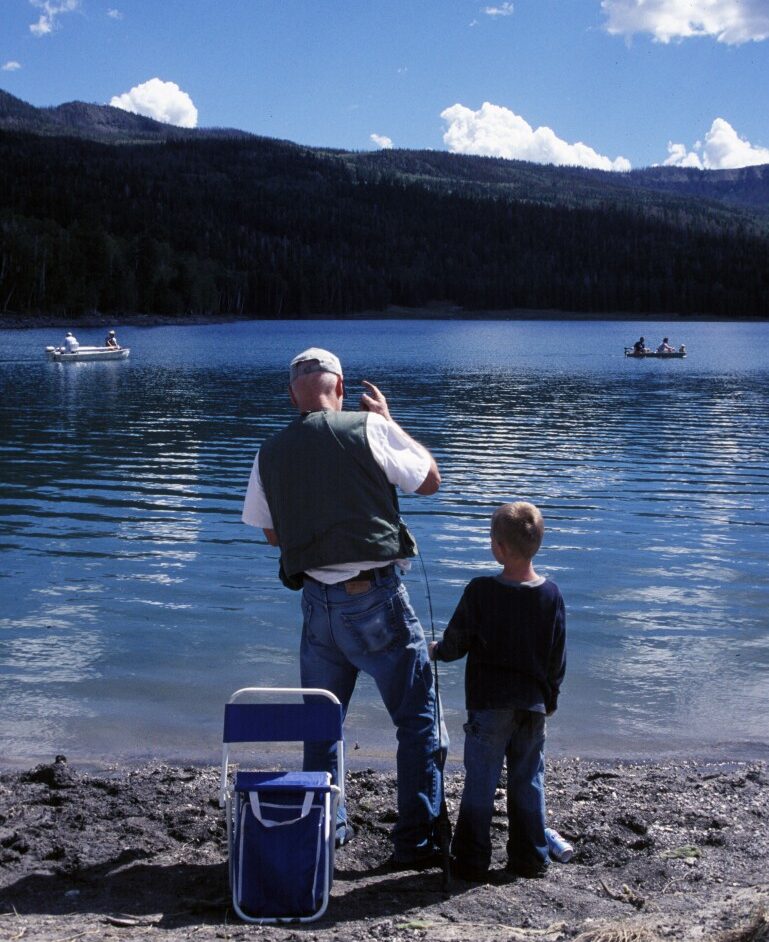
ST. GEORGE — With the extreme drought conditions this year, the Utah Division of Wildlife Resources had to make several changes to fishing regulations and stocking. One thing that the DWR has been doing for years, however, is establishing conservation pools that help protect fish during drought years like this year.

The term “conservation pool” refers to water rights the DWR has purchased in various reservoirs around the state. Those water rights allow the DWR to keep a certain amount of water in the reservoirs, usually at a level sufficient to preserve the fishery.
The first conservation pool established in Utah was at Yankee Meadow Reservoir in 1940. Currently, the DWR has 34 conservation pools around Utah, totaling more than 40,000 acre feet of water. Other partner agencies, such as the U.S. Forest Service, own additional conservation pools in Utah.
Many of Utah’s reservoirs have a variety of water rights owners who each use the water in different ways. Some of the water in a reservoir may be used for agricultural irrigation, and some may be used for culinary water. The owners of these water rights can use all of their allocated water for the purpose they purchased the water for.
“Sometimes, in years like this where there is an extreme drought and water supplies are limited, all of the water in a reservoir can be depleted by the water rights owners,” DWR Sportfish Coordinator Randy Oplinger said in a press release. “Obviously when there is really low water or a reservoir is completely drained, that is not good for the fish in that waterbody.”
Conservation pools proactively prevent various waterbodies from being completely depleted during drought years.
“We call these conservation pools because the purpose of our water rights is literally to conserve and save the fish in that reservoir when water levels are low,” Oplinger said. “We try to purchase enough water so that in drought conditions, there will still be enough water to keep fish alive. Scofield, Sand Hollow, Minersville and Pelican Lake are some examples of waterbodies where we have conservation pools.”
However, while the DWR is working to expand these conservation pools as needed across the state, they don’t own water rights in all waterbodies because water rights are limited and not available in various areas. There are also some waterbodies that always maintain a consistent amount of water, so a conservation pool isn’t needed.
“We really like to do everything we can to proactively alleviate drought impacts to fish and wildlife, in order to maintain healthy populations,” Oplinger said. “While water rights are limited and only occasionally become available, we will continue to purchase more conservation pools in the future, when possible and necessary. Due to disease concerns and state law, we can’t move fish from a depleted waterbody to another waterbody, so these conservation pools are a great tool to help save fish during low water years.”
Copyright St. George News, SaintGeorgeUtah.com LLC, 2021, all rights reserved.